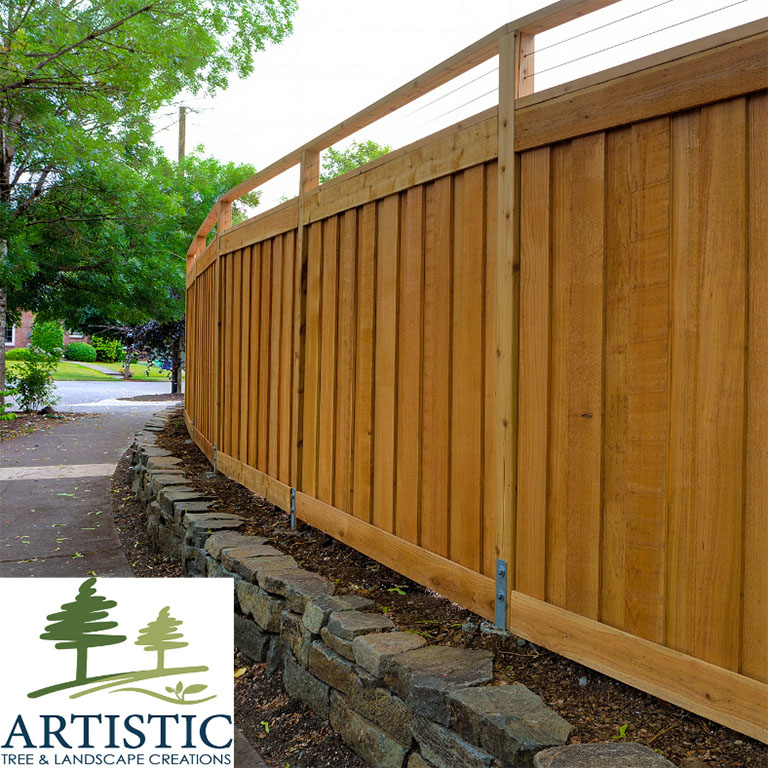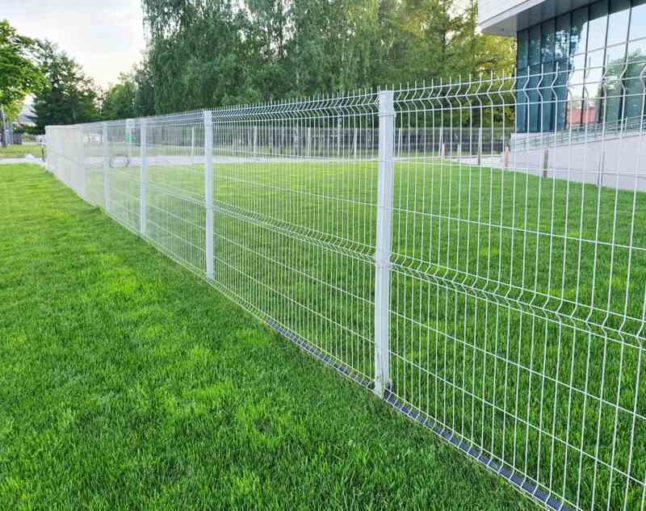All Categories
Featured

As businesses and property owners alike end up being a lot more ecologically mindful, locating lasting and green fence materials is a vital factor to consider. Whether you're seeking to construct a fence for personal privacy, safety and security, or aesthetic charm, selecting materials that decrease your environmental footprint can assist secure the planet. In this article, we will check out numerous environmentally friendly fencing options, each offering distinct advantages for your residential property and the environment.
- Bamboo Fence: A Renewable Energy. Bamboo is extensively recognized as one of the most green and lasting fence products offered today. As a grass as opposed to a tree, bamboo grows rapidly and can reach complete maturity in simply 3 to 5 years, making it a highly eco-friendly resource.
Ecological Benefits: Bamboo absorbs extra co2 than several other plants, assisting balance out greenhouse gases. In addition, bamboo requires very little pesticides and plant foods, making it a healthier alternative for the atmosphere. Durability: Appropriately treated bamboo is immune to bugs and dampness, implying it can hold up against the elements far better than other wood options. Visual Appeal: Bamboo provides a tidy, contemporary look that functions well with different landscape design styles, from exotic yards to contemporary urban styles. While bamboo secure fencing is long lasting, it does need proper care to keep its durability, such as regular cleansing and routine sealing.
- Recycled Wood Fencing: Granting New Life to Old Products. Recycled timber is a superb environment-friendly selection for those who desire the all-natural beauty of wood fencing without adding to logging. This material is typically sourced from old structures, pallets, or other repurposed timber products, decreasing the need for newly collected timber.

Ecological Advantages: Utilizing reclaimed timber aids minimize the demand to cut down brand-new trees and can additionally avoid useful products from winding up in landfills. Sturdiness: Depending on the type of timber and therapy it obtains, recycled timber fences can be equally as long lasting as brand-new wood, specifically if maintained properly with sealers and weatherproofing. Aesthetic Charm: Recycled wood fences bring a rustic beauty and can be stained or repainted to fit your individual design. The main factor to consider with recycled timber is its maintenance. Over time, timber can come to be susceptible to rot, insect damage, and weathering, so regular maintenance is necessary to extend the life of your fence.
- Steel Fence: Recyclable and resilient. Light weight aluminum and steel fencing, especially when sourced from recycled materials, supplies a solid, environment-friendly choice to standard timber secure fencing. These steels are 100% recyclable, meaning they can be repurposed forever without shedding top quality.

Environmental Advantages: Steels like light weight aluminum and steel minimize the requirement for brand-new mining and basic material removal, both of which have significant environmental effects. Additionally, recycling steels needs less power compared to creating brand-new metal from resources. Sturdiness: Steel fencings are incredibly solid, resistant to weathering, and call for little maintenance compared to timber options. Visual Allure: Metal fencings can be created in streamlined, modern-day styles, or even more standard looks, giving flexibility for any kind of home. While metal fences are low-maintenance and sturdy, they are not as efficient at offering personal privacy compared to timber or vinyl alternatives due to the spaces in between the bars or slats.
- Living Fences: Natural and Environment-friendly. Living fencings, made from dense bushes, bushes, or trees, give a natural and ecologically friendly option to traditional fence. Not only do they develop a personal privacy obstacle, however they likewise add to the atmosphere by supporting wild animals and improving air quality.
Ecological Benefits: Living fencings take in carbon dioxide, improve dirt quality, and provide environments for birds and other wildlife. Additionally, they minimize sound contamination and enhance air quality by filtering system toxins. Resilience: While living fences call for more maintenance than other products (e.g., trimming, watering), they can be extremely lasting if correctly kept. Visual Charm: Living fences produce a beautiful, all-natural boundary that boosts the landscape and supplies a organic and one-of-a-kind look contrasted to conventional secure fencing options. The crucial drawback of living fences is that they need continuous upkeep and treatment, including routine cutting and bug control.
- Hemp Secure Fencing: Lasting and solid. Hemp is a renewable and fast-growing plant that can be used to produce strong, eco-friendly fence. Hemp fence is made from all-natural hemp fibers, which are resilient, naturally degradable, and immune to pests.
Environmental Benefits: Hemp proliferates and needs little water or pesticides. It also aids sequester carbon, minimizing greenhouse gases in the environment. Once the fencing is no much longer needed, hemp is naturally degradable and can be composted. Resilience: Hemp is normally resistant to mold and mildew and pests, which assists it endure various climate condition and prevent making use of harsh chemicals. Sustainability: Hemp farming is much less resource-intensive compared to other crops and helps preserve soil wellness with plant rotation. Hemp fences are a relatively brand-new option on the marketplace, and they may not be as commonly available as other products. Additionally, they might not be as frequently utilized for high-security applications.
Conclusion: Select Eco-Friendly Secure Fencing for a Sustainable Future. There are lots of eco-friendly fencing materials to think about, each offering distinct advantages for your residential or commercial property and the atmosphere. Whether you select bamboo, recycled timber, metal, living fences, or hemp, each alternative enables you to create a lovely and functional boundary while minimizing your ecological impact. By picking lasting materials, you add to a greener future and support the expanding activity toward responsible construction and landscape design techniques.
Latest Posts
Check Out the Top Auto Repair Offers in Montclare, Chicago
Published en
1 min read
Uncover Leading Vehicle Maintenance Services offered by Montclare Auto Repair – Expert Care for Your Vehicle
Published en
1 min read
Professional Residential Roofing Solutions You Can Depend On
Published en
1 min read
More
Latest Posts
Check Out the Top Auto Repair Offers in Montclare, Chicago
Published May 26, 25
1 min read
Uncover Leading Vehicle Maintenance Services offered by Montclare Auto Repair – Expert Care for Your Vehicle
Published May 25, 25
1 min read
Professional Residential Roofing Solutions You Can Depend On
Published May 24, 25
1 min read